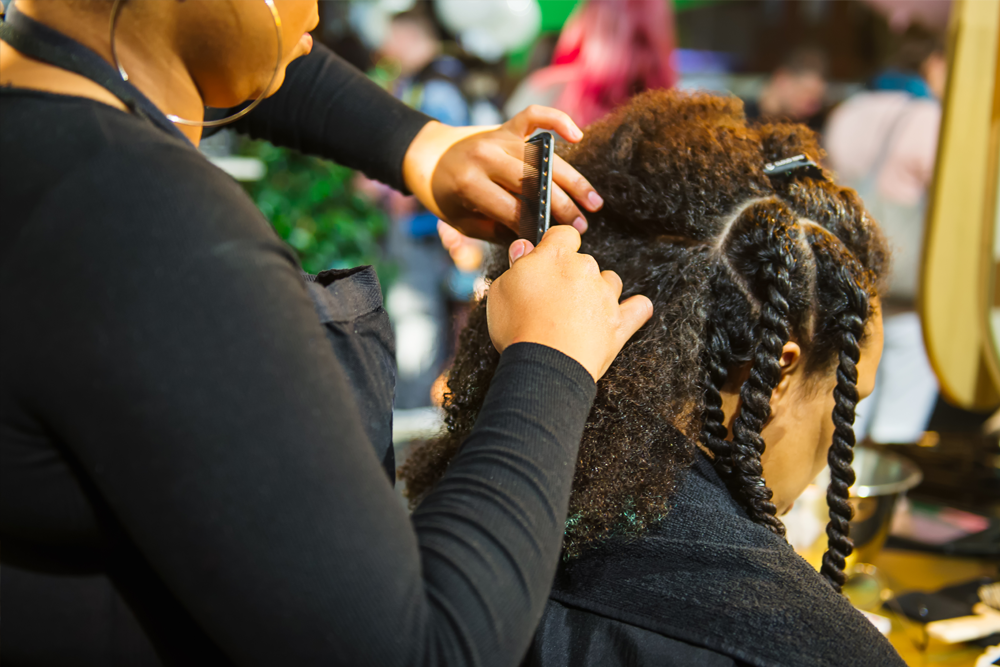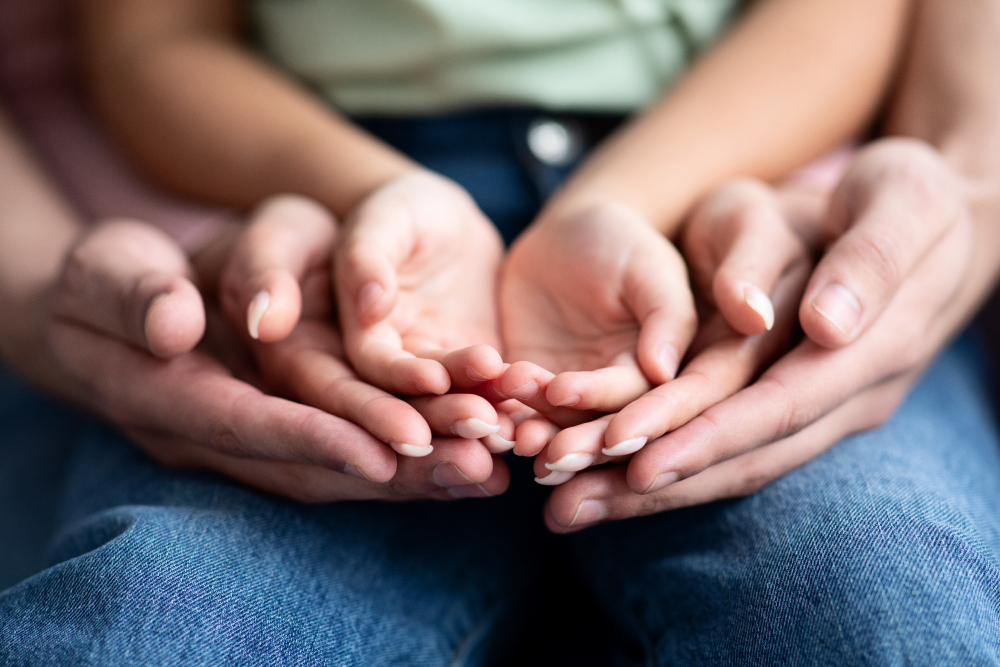Finding the Function in Dysfunction
My daughter has an irrational fear of piñatas—the fear that makes your heart race, palms sweaty and stomach turn. Complicating this fear is the fact that she spent most of the first 5 years of her life living in Mexico, land of the piñata. Where we lived, piñatas are just for birthdays. They show up everywhere: at Christmas, birthdays, and your Aunt’s cousin’s retirement party.
After years of asking me to give her plenty of warning before a piñata appeared at any event so she could hide inside, she finally worked up the courage to watch the traditional beating of the piñata to smithereens from afar.
The piñata was set up in an outdoor palapa—a thatched roof, hut-type of structure where parties are held. I affirmed her bravery and told her she could stand in the grass about 15 feet outside of the palapa and watch. She gave me a worried look that told me she had other ideas.
Her eyes wandered over her shoulder to the basketball courts approximately 100 yards away from said piñata. “I will watch from over there” she said. Surely she was more than safely 15 feet away in the grass. Never in my dreams would I have thought to suggest in order to feel safe, she should watch from the basketball courts. So it is with “felt safety,” adjusting our behaviors and environment so children can feel they are truly safe.
I am often asked by teachers, foster and adoptive parents, medical professionals, and social workers, “how do I help the children whom I care for feel safe in my home/classroom/office?” They are often perplexed after valiant efforts lead to little success.
Adoptive parents express frustration, “My children have never been beaten in our home, we’ve never been burglarized, I don’t scream at them, how could they feel unsafe in my home?” Many professionals spend significant time and financial resources to make their classrooms and offices “kid friendly” and free from danger or harm. But felt safety is just that: felt. It is incredibly personal and deeply shaped by past trauma and experiences. Just because I knew my daughter would be safe from the dreaded piñata 5 or 15 feet away, she didn’t feel safe.
There are many tips and tricks to help increase a child’s felt safety, but the very best way is to understand a child individually. Ask guided questions and give options. Would you feel better doing this or that? How does your body feel when we do this activity or in this room or with these people? Your facial expression or behavior seems anxious to me, do you feel anxious or afraid?
We must constantly be attentive and aware to understand the children we love. Does their face look anxious? Are their fists balled up? Do they suddenly get very loud or very quiet? These can all be signs of a child that does not feel safe.
Whenever possible, give them time and space to understand what they are feeling and communicate how to help them. Remember that their behavior is a reflection of something they are trying to communicate, not a sign of your failure. As your relationship with a child grows and they experience felt safety over and over, they will become more resilient and less reactive. Last year, my daughter asked to have a piñata at her birthday party. She loved it.













